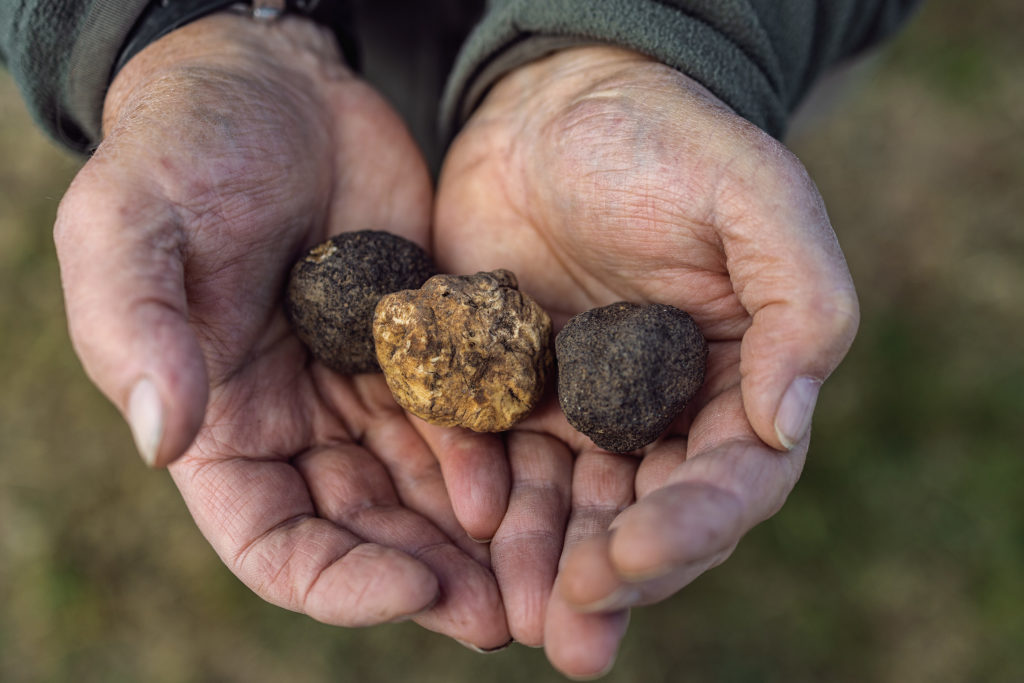
Earlier this autumn, three of our chefs travelled to Northern Italy with Engrosfrukt and Marthe Carrara fto taste and bring home some of the world's best ingredients.
The trip encompassed culinary delights such as visits to legendary cured meats and salami producer Al Berlinghetto and tours of the vineyards of Fontanafredda and Ca del Bosco. The highlight of the trip however was undoubtedly truffle hunting in Alba, Piemonte, with the hotel’s new truffle supplier Tartufi Morra.

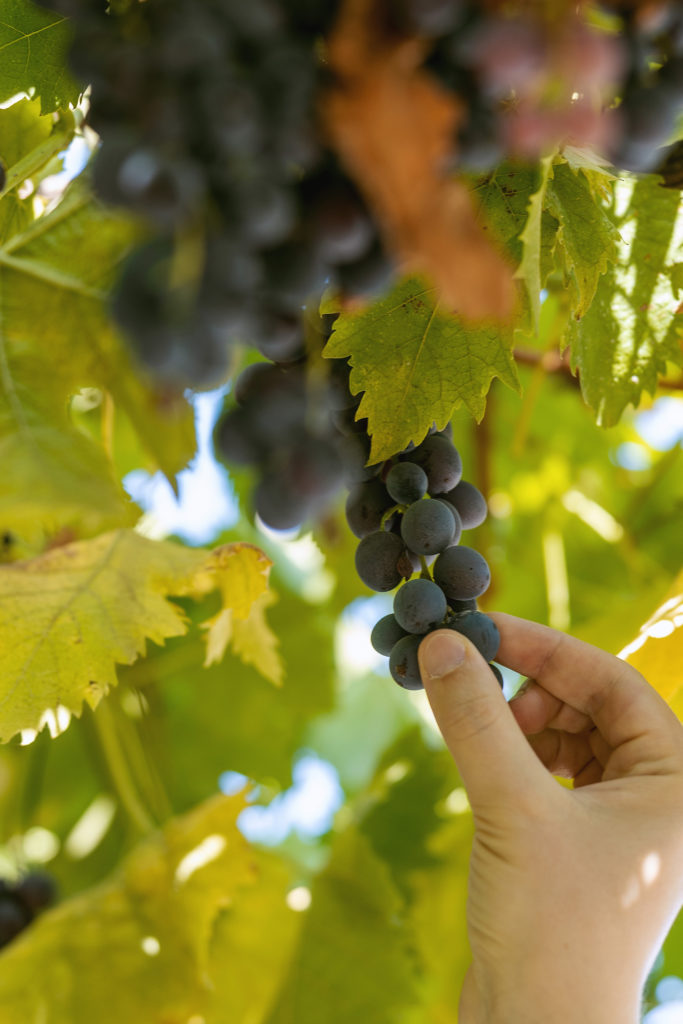
The Love of wine
Read part 1Chefs Espen Aunaas, Håvard Werkland and Odd Ivar Jørgensen got up early on a warm sunny autumn morning to join Chiara Dellapiana, marketing manager from Tartufi Morra and two local truffle hunters; Gianni and Dina Boella. Along with their experienced truffle hounds, Gianni and Dina led the Britannia crew into the beautiful mountainous landscape in search of the coveted earthnuts.
The chefs had been warned that it was unlikely to find truffles. It has been an extremely lean season as a result of unfavourably dry conditions. Expectations were lowered, but spirits were high as the Britannia chefs head off into the wilderness, soaking up the views and the experience, hoping to make a find.
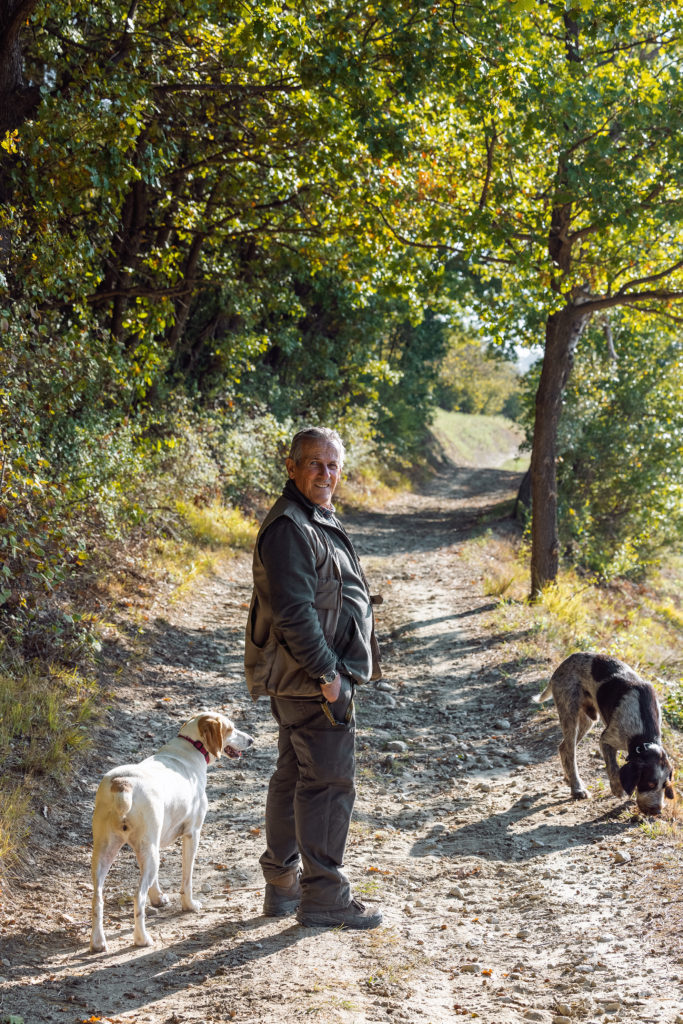
Truffle Hounds
In Piemonte, there are about 10,000 licensed truffle hunters, each paying an annual regional fee to search in their local territory. Since truffles tend to grow every year in the same places, the searches usually take place at night or at dawn; to maintain the secrecy of the locations! The Britannia chefs were privileged to be led to some of Gianni and Dina's regular haunts. Their dogs were straining at their leads, keen to get going.

Once upon a time, truffle hunters used both dogs and pigs in the search, but the use of pigs declined over the last century and was eventually banned in Italy in 1985 because of the damage they caused to the ecosystem (their hooves damage the roots of the trees and the mycelia of the truffles). The best truffle dogs are usually breeds with a strong sense of smell, such as Springer Spaniels, crossed with lines of dogs that have been truffle hunting for generations. The dogs undergo years of training to learn how to sniff out the scent of the delectable truffle, and how to ignore the urge to get distracted by other stimuli and scents.
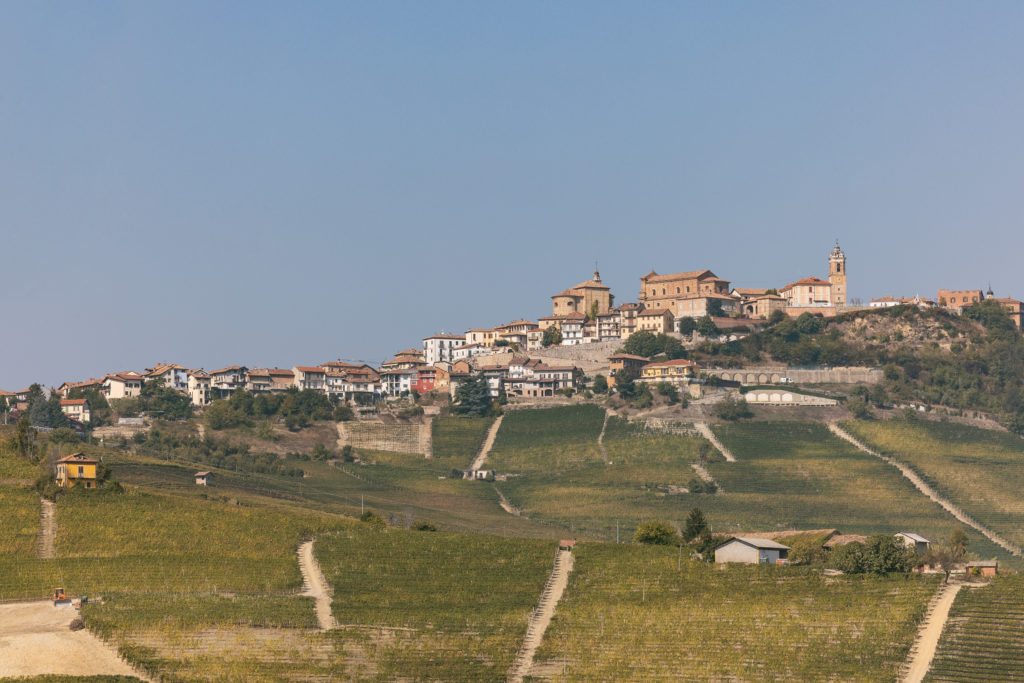
The Truffle’s Heartland
In Alba, there is a holiday every year from September to November to celebrate the delicacy. Tourists and enthusiasts fly in from all over the world to taste fresh truffles and participate in hunts for the black and white gold, the region’s speciality. The exclusivity and rarity of the truffles are reflected in their price: on the market in Alba, a kilo of black truffle cost approximately 700 euros in September 2021, while the price of the even rarer white truffle was at sky-high record of 5,000 euros per kilo.
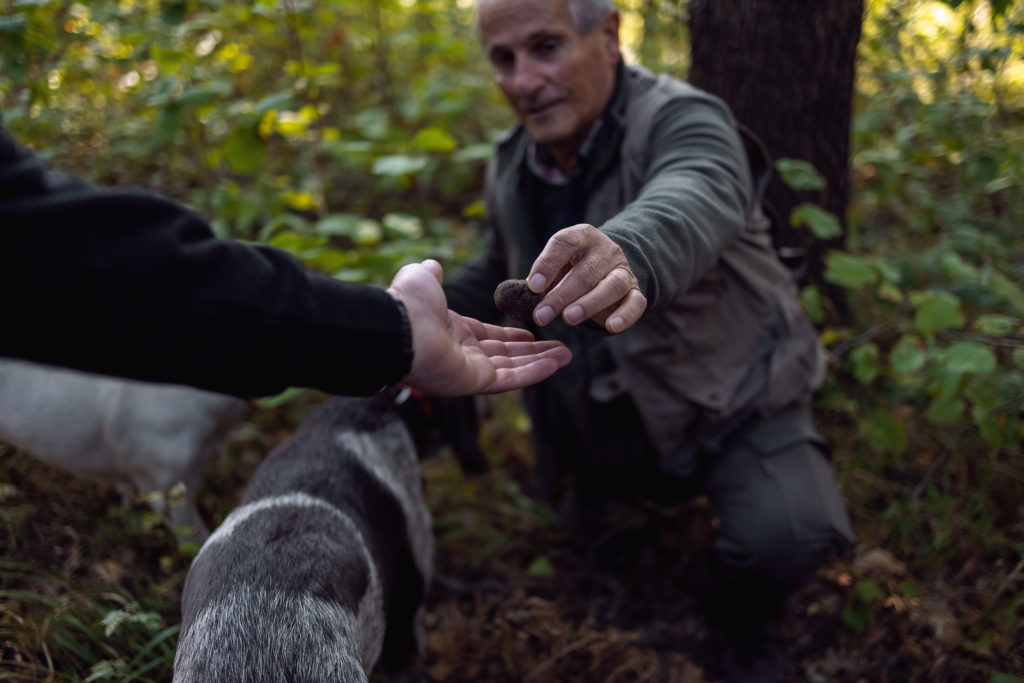
The joy was therefore overwhelming when both dogs wagged their tails enthusiastically near a cluster of beautiful oak trees after a short walk into the forest. Gianni encouraged and congratulated the dogs, before shooing them away so that he could examine the find.
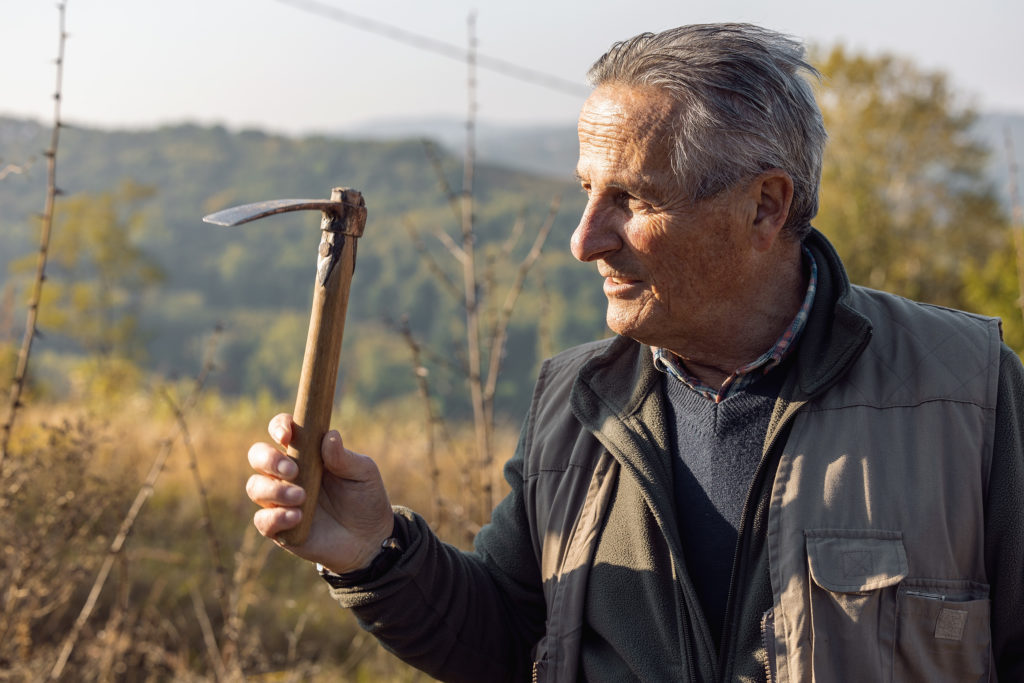
Truffle hunters are famously only allowed one tool; a zappino (or a sapin in the local Piedmontese dialect)a cross between a trowel and a small pick-axe. The hunter used the tool to carefully widen the hole and remove the truffle, which had previously been located by the dog.
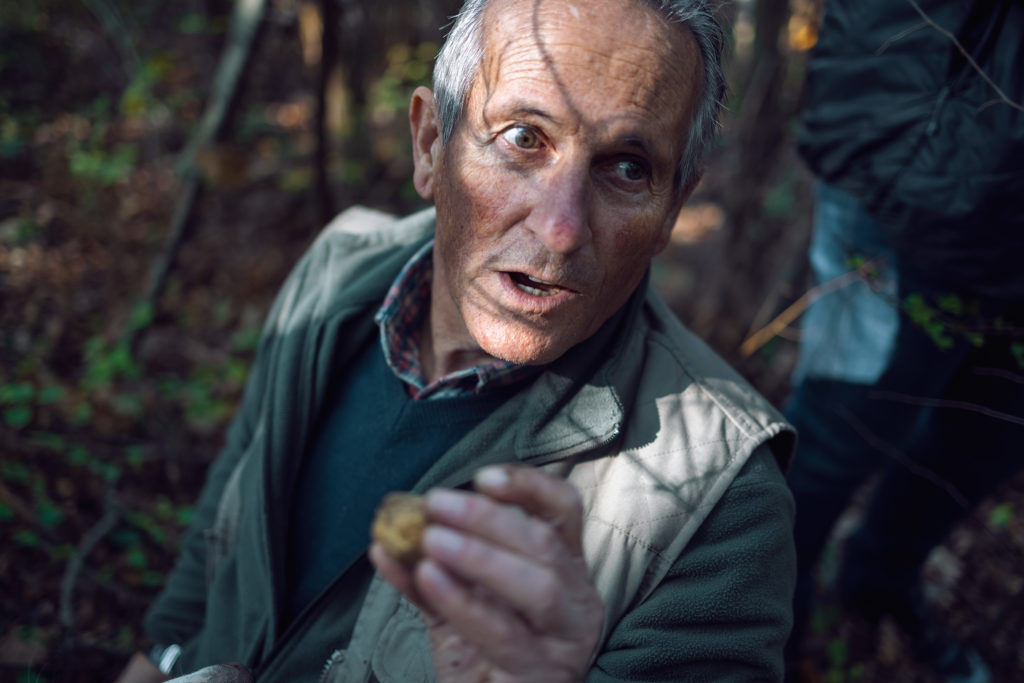
Gianni pulled his hand out of the earth to reveal a beautiful black truffle, which was then sent on a tour of happy chefs. Not long after, the dogs made another find, this time a wonderful white truffle to grow the excitement even further. After an hour of truffle hunting, Gianni and Dina's dogs had found two fine specimens of black truffle and a white truffle, as well as a smaller black truffle that the dogs were allowed to eat as a reward. The truffle dogs are naturally also very fond of truffles themselves and thus have a vested interest in finding them.

Black and White Diamonds
Tartufi Morra, had exceeded the expectations of the travelling Britannia chefs, who were then transported to the centre of Alba to visit the supplier’s delicatessen, head office and mini-truffle museum. Tartufi Morra is now a regular supplier to Britannia Hotel and during the season delivers fresh truffles weekly to the hotel's restaurants and main kitchen.
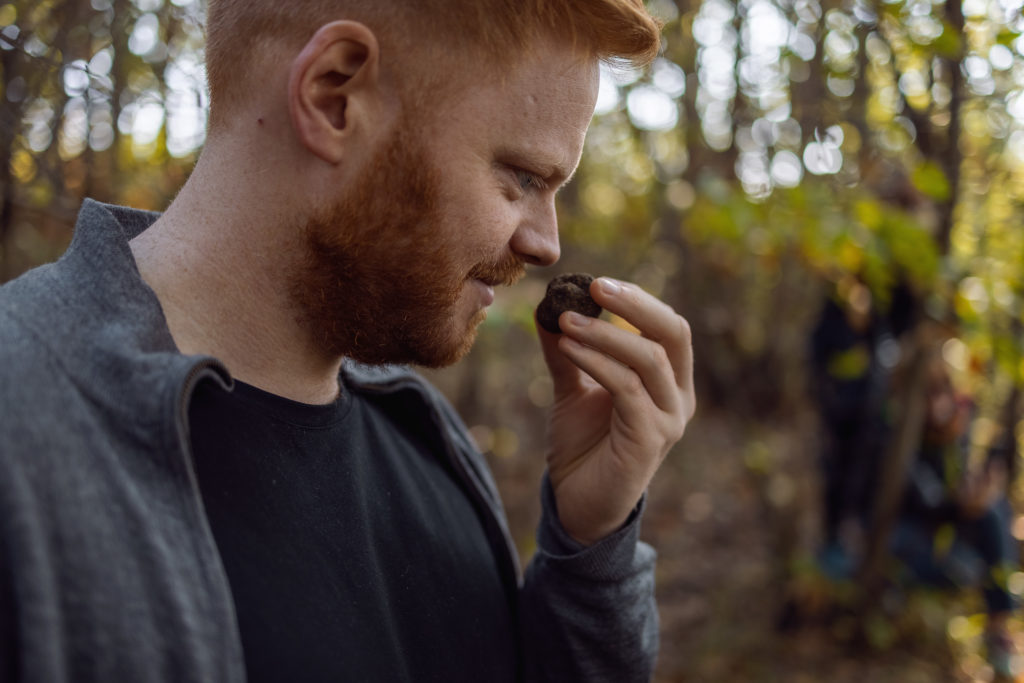
“The Italian truffle is now a firm favourite on the menu!” enthuses Odd Ivar Jorgensen, Head Chef of Brasserie Britannia. “After we visited Piemonte in October, we have started a collaboration with Tartufi Morra and they now deliver weekly truffles to us. We value that they collaborate with several truffle gatherers in the area who, with their local knowledge and good dogs, can source plenty of truffle from the beautiful area around the small town of Alba. Truffle is a rare and aromatic mushroom that grows only under the right conditions. We are very proud of our supplier who delivers these black diamonds of excellent quality, and excited to use them to garnish the dishes we serve to you in the hotel.”
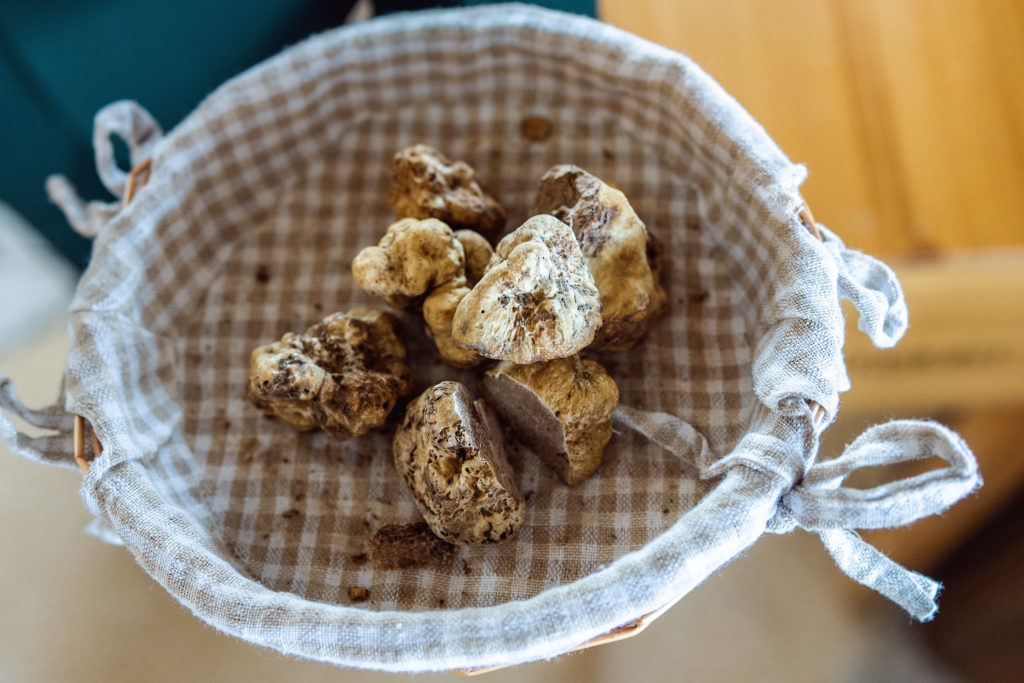
Facts about truffle
Truffle is a spontaneous fungus that grows underground (hypogeal fungus). It draws nutrients from plants and tree roots (the most common: oak, linden and willow). There are different species of truffle. The most valuable is the white truffle (Tuber Magnatum Pico) with a spherical and irregular shape, and it varies in colour from light and whitish yellow to more yellow. They can have different dimensions that vary from the size of a walnut to large lumps of over a kilogram. When ripe, white truffles have an unmistakable scent with aromas such as garlic, hay, wet soil, honey, mushrooms and spices. Among the black truffles are the black winter truffle (Tuber Melanosporum Vitt, and Tuber Moscatum) and the summer truffle (Tuber Aestivum Vitt.) and the autumn truffle (Tuber uncinatum Chatin). Since truffle is a spontaneous fungus, cultivation is notoriously difficult.

In its natural state one can find the truffle at the edge of the forest, in more or less open landscapes or at the edge of the roads in the countryside, at a depth of 10-20 cm, at the foot of one of the symbiotic tree species. Truffle prefers soil which is cool and moist, and are found at an average altitude of 700 meters. The areas where truffles are found can be flat or sloping, but must be moistened by rain in spring and summer, near the watercourses on the valley bottoms, without stagnation.
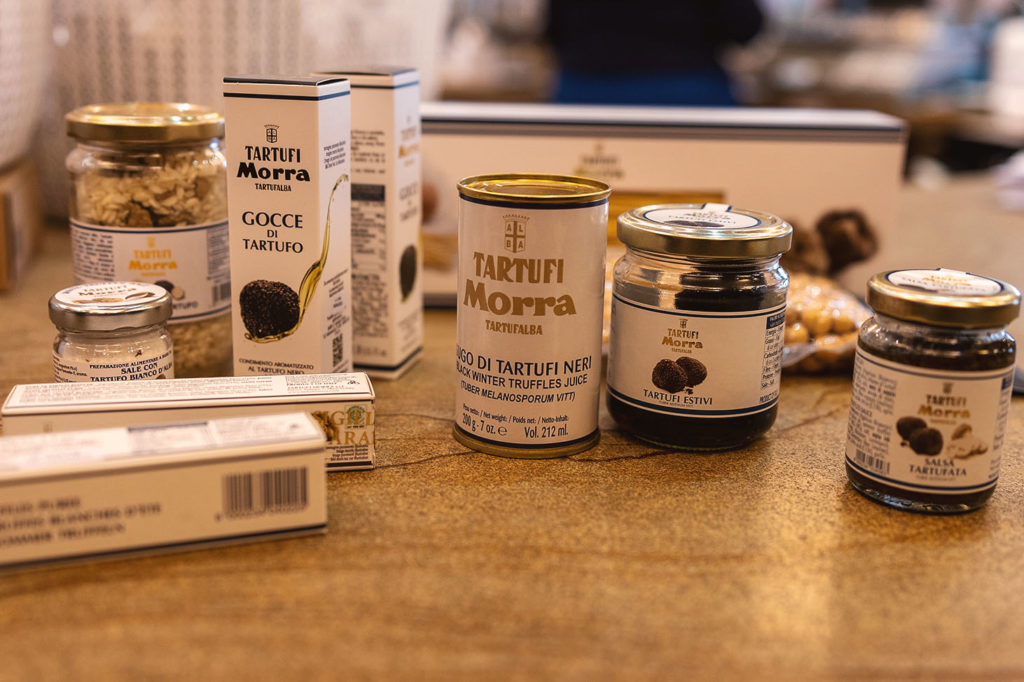
About Tartufi Morra
Tartufi Morra is a family-owned company that has been operating for generations. It was established in 1930 and was the first company to process and market the white truffles from Alba.
The white truffle from Alba gained international fame thanks to the entrepreneur and founder of the company, Giacomo Morra, who also started the annual truffle fair. In 1933 he was described by the London newspaper The Times as "The King of Truffles". Morra had the idea of giving a large trifola (the northern Italian dialect for truffle) to every year's greatest celebrities in the world. Recipients included Marilyn Monroe, Winston Churchill and Alfred Hitchcock. It turned out to be an ingenious marketing stunt which garnered worldwide recognition and attention. It put Tartufi Morra on the map and Alba truffles became associated with quality and exclusivity.
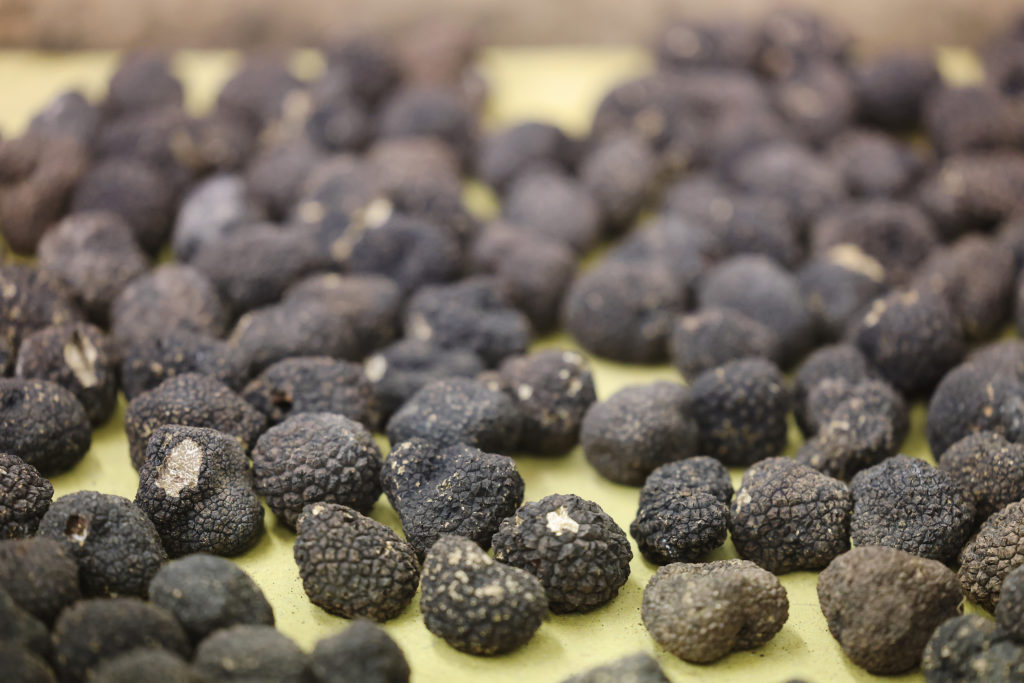
Today, the company Tartufi Morra is known all over the world. The Bonino brothers, together with their employees, continue to run the company and have modernized operations with respect for history. The truffles are exported to exclusive star restaurants around the world. France and Germany are the largest markets in Europe, although Asia with China, Japan and Singapore are also major consumers.
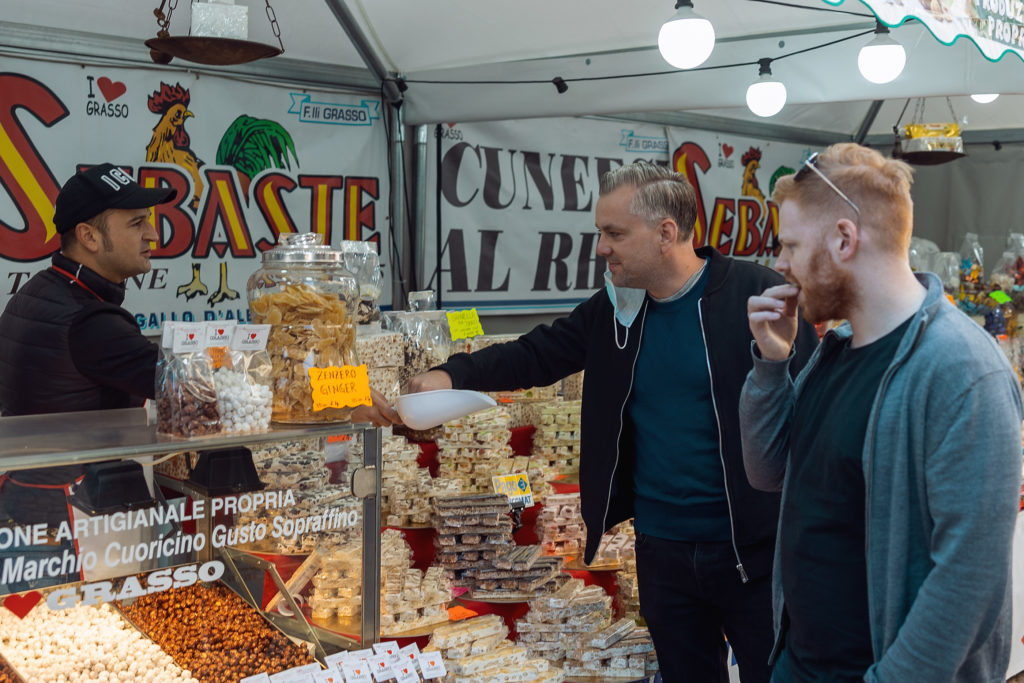
Britannia and truffle go hand in glove, unique and exclusive. Over time, white and black truffles have added an extra edge to menus at the Britannia Hotel, and especially when celebrating something big, such as a wedding, state visit or an exclusive artist.
Espen Aunaas, Executive Head Chef

The Foot of the Mountains
Piemonte (or ‘Piedmont’) means the ‘foot of the mountain’, and the impressive Alps often provide the backdrop to this wonderful Italian region. Piemonte is not only famous for its truffles, but is generally perceived to be one of the gastronomic champions of Europe. The area is famous for hazelnuts and chocolate (so it will come as no surprise to learn that it is the home of Nutella!), as well as beef dishes, cheeses, and its legendary wines.
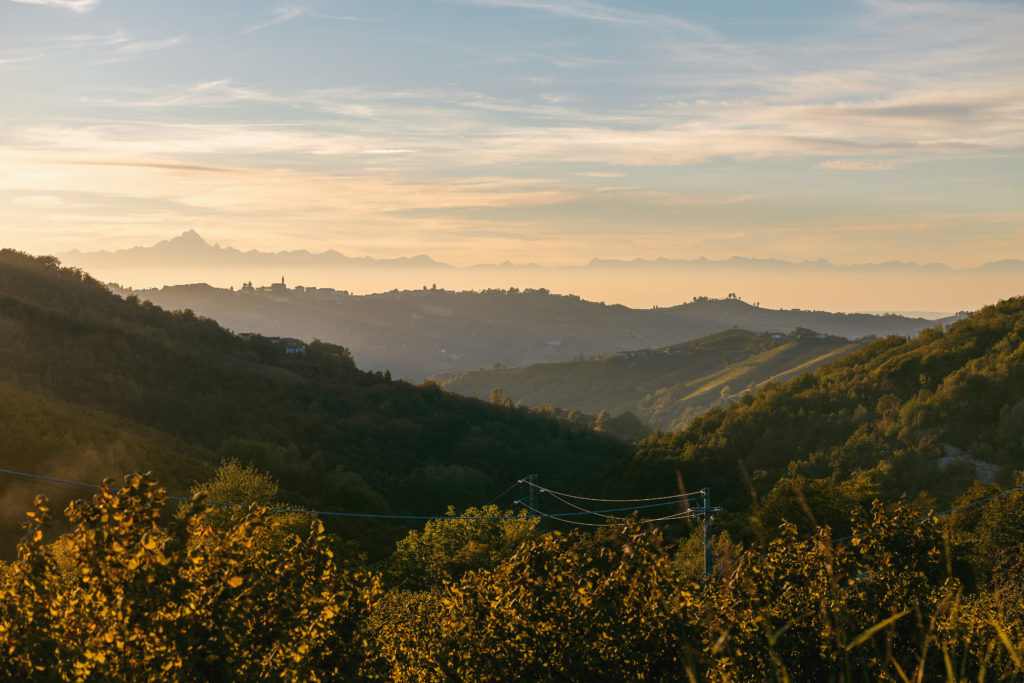
In the next article from our experiences in Northern Italy, we visit the renowned meat producer Al Berlinghetto, and look into how these travels have inspired menu items at Britannia Hotel. In the meantime, if you would like to keep up-to-date with the latest changes in the hotel, sign up to our newsletter.
All photos by Wil Lee-Wright / Britannia Hotel unless otherwise specified. Many thanks to our supplier Engrosfrukt by Olav Slette and tour guide Marthe Carrara from Italiareiser who hosted Britannia Hotel on this experience. For your own trips to Alba, Piedmont and Italy, we highly recommend contacting Marthe for tailoring unique experiences.